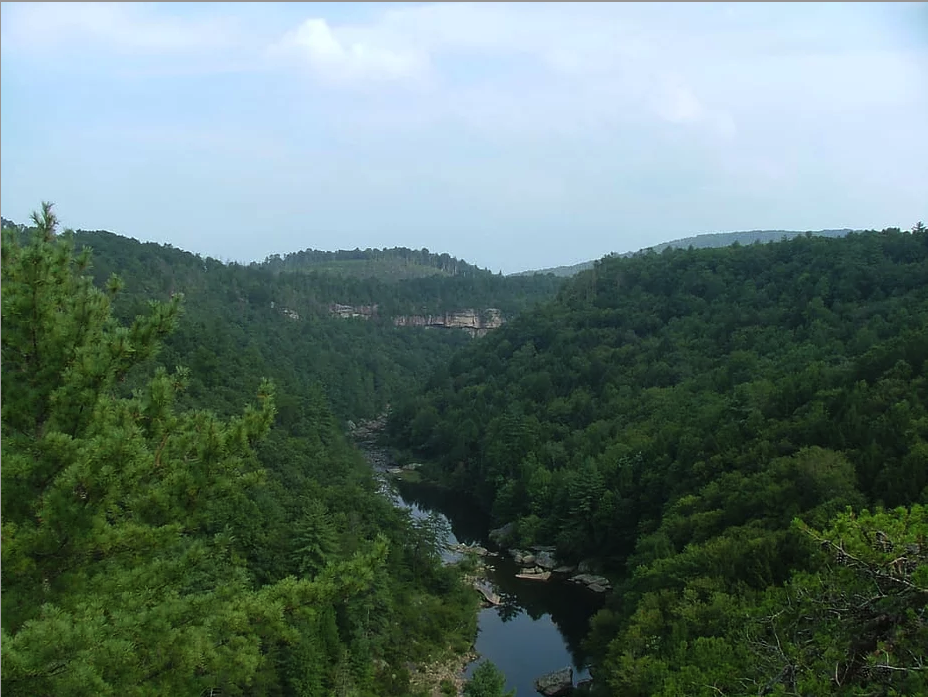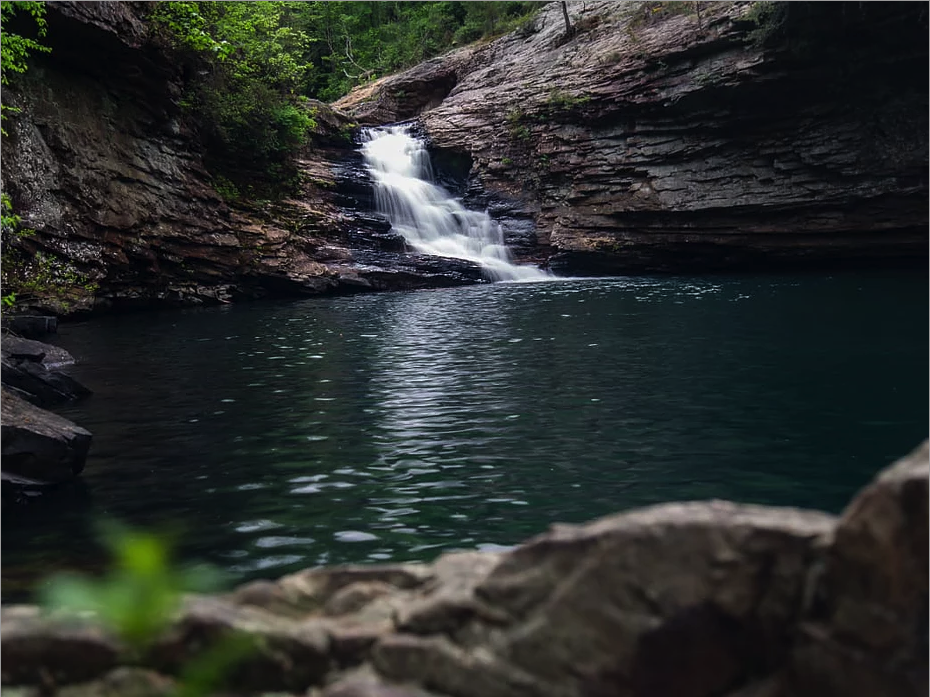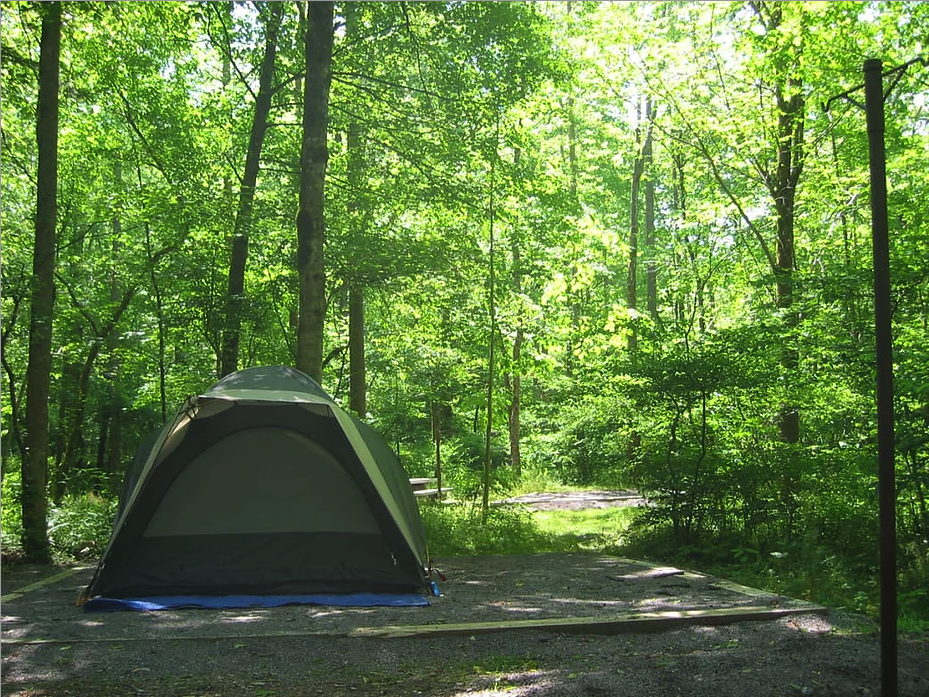Few places in North America look much of anything like they did pre-settlement, but they’re out there—and the Obed Wild and Scenic River is one of them. This 45-mile segment of the Obed drains much of the Cumberland Plateau and is the only designated wild and scenic river in Tennessee, which is crucial—it’s one of the last free-flowing river systems in the eastern United States. The Obed’s rugged cliffs and steep drop-offs make for world-class rock climbing and whitewater paddling, but recreation isn’t the only thing to recommend it—between its rich human history, diverse ecosystems, and unsullied natural beauty, a trip to the Obed is akin to traveling back in time.
Few places in North America look much of anything like they did pre-settlement, but they’re out there—and the Obed Wild and Scenic River is one of them. This 45-mile segment of the Obed drains much of the Cumberland Plateau and is the only designated wild and scenic river in Tennessee, which is crucial—it’s one of the last free-flowing river systems in the eastern United States. The Obed’s rugged cliffs and steep drop-offs make for world-class rock climbing and whitewater paddling, but recreation isn’t the only thing to recommend it—between its rich human history, diverse ecosystems, and unsullied natural beauty, a trip to the Obed is akin to traveling back in time.
The History of the Obed River
The Obed, along with its tributary creeks and its confluence with the Emory River, was declared Wild and Scenic in 1976, but the Obed’s human history long predates that status. Several groups of Native American people may have attempted to farm the poor-quality soil surrounding the river, but quickly abandoned any hope of agriculture in favor of hunting and fishing.
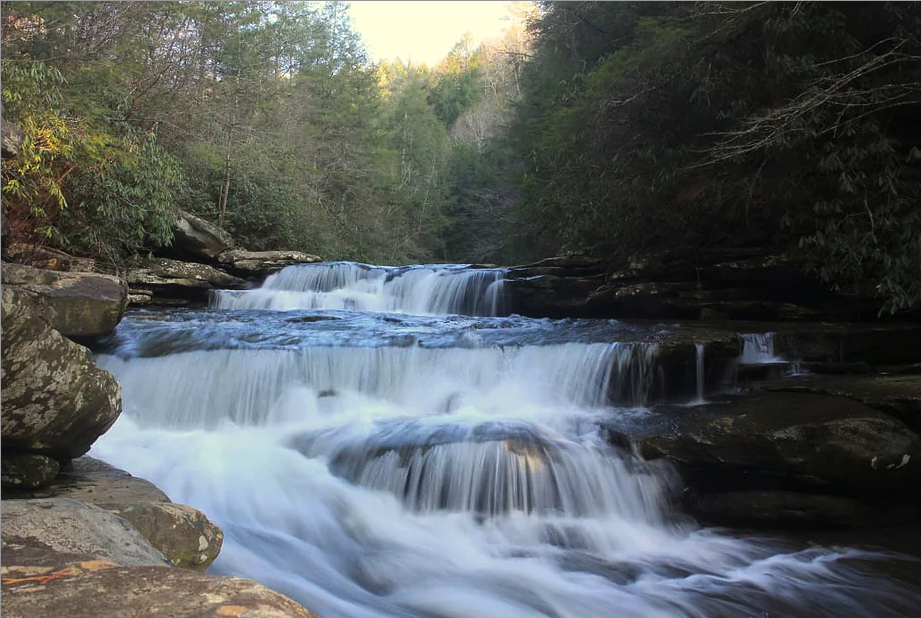
Lawrie Skinner
European settlers eventually made their way to the Obed; the “Longhunters,” as they were called, displaced the Cherokee people who’d previously lived there, though they followed the Cherokees’ example of using the towering sandstone bluffs as shelters rather than building from scratch. Homesteaders, too, began to show up in the late eighteenth century, though most lived in log cabins farther from the river. In this sense, the Obed’s bad soil was something of a blessing in disguise—since no one could get anything to grow, the usual agricultural toll on the landscape wasn’t an issue.
Today, the Obed and its tributaries are managed by the National Park Service. The NPS works closely with the Tennessee Wildlife Resources Agency, which also administers the adjacent Catoosa Wildlife Management Area, where much of the Obed system’s best-loved recreational activities take place. One of the best parts about visiting an off-the-beaten-path NPS unit? The entrance fee is exactly $0.
And the Obed takes exception to the old adage about getting what you pay for: there’s no shortage of fun to be had here.
What to Do at the River
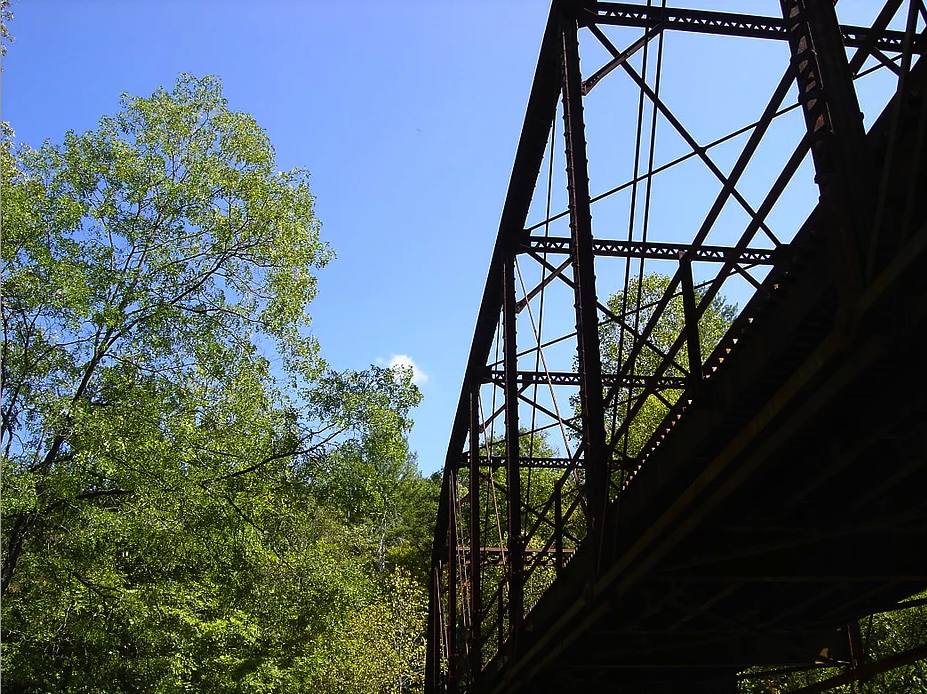
Andy Melton
*Paddling *The river itself, of course, is the main attraction—and tributaries Daddy’s Creek and Clear Creek are home to some seriously gnarly whitewater. Clear Creek’s rapids (up to Class IV) shouldn’t be attempted by novice paddlers, but several local groups—including the Tennessee Scenic Rivers Association and the East Tennessee Whitewater Club—offer instruction to bring your paddling up to snuff.
A few calm sections of Clear Creek have more mellower flatwater paddling, along with excellent fishing opportunities for bass, catfish, and muskie. (The Obed watershed is also home to several endangered species of fish, so be sure to check regulations before heading out.)
Hiking
Off the water, Obed offers an abundance of hiking options. Don’t miss the quick hike to the Lilly Bluff Overlook, where you’ll get stunning views of the area for minimal effort. Obed also offers access to a 14.2-mile section of the Cumberland Trail, a strenuous out-and-back that traverses parts of the Catoosa Wildlife Management Area on its way to the Devil’s Breakfast Table. You’ll need a free backcountry permit to turn the Cumberland Trail into an overnight backpacking trip, but it’s worth the effort to check out the more remote areas of the Obed.
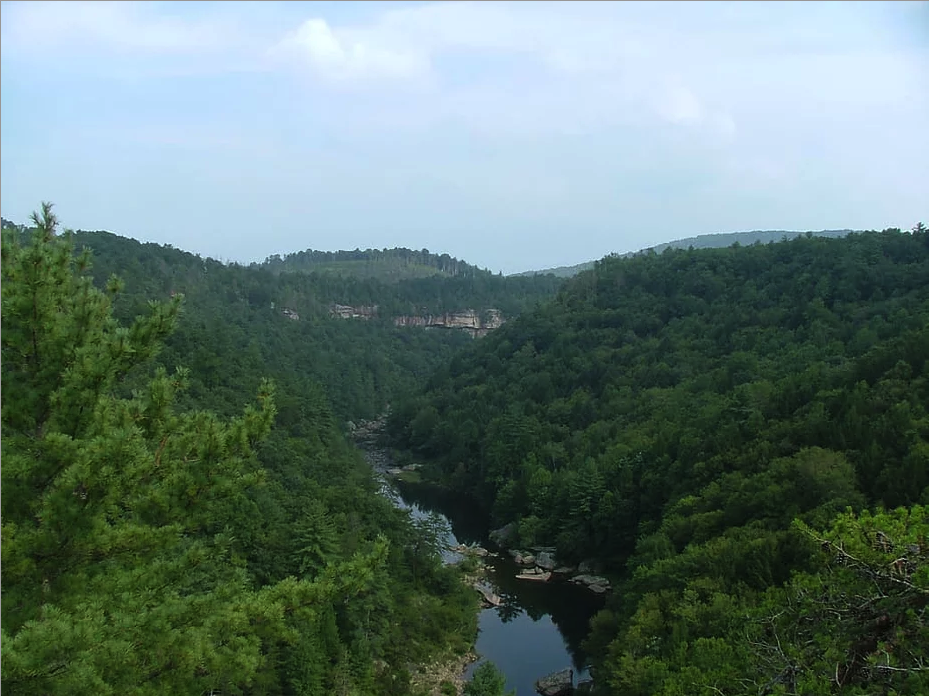
Chris M Morris
Climbing
The steep, overhanging sandstone cliffs above the river are home to some of the best sport climbing in the southeastern United States, thanks in part to excellent rock quality—and the views are too bad, either. Bolted sport routes range from easier 5.7s to ultra-serious 5.14s, though there’s some trad climbing and bouldering to be had, too. Climbers without the requisite experience can hire one of several guide services for a day on the rock. There’s a real climbing community here, too—members of the East Tennessee Climbers Coalition can be found at Obed most weekends, when volunteers head out to improve trails and climb with friends.
Camping
The highlight for most climbers, though, is a stay at Del & Marte Scruggs’ Lilly Pad Campground, where park visitors can pitch a tent for just $5 per person each night. The dog-friendly (in fact, generally friendly) Lilly Pad features fire rings and picnic tables, and the proprietors grow hops on the property—so you know you’re in for a relaxing evening after checking out Obed’s 300-plus routes.
While the Lilly Pad is Obed climbers’ choicest campground, other visitors will appreciate Rock Creek Campground’s easy access to hiking trails and river put-ins. The 11-site tents-only campground can be reserved in advance and costs just $10 per night—and it’s a perfect launchpad for your wild and scenic Obed adventure.
For more information on the Obed River contact us at Little River Trading Co by following the link below.
